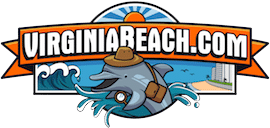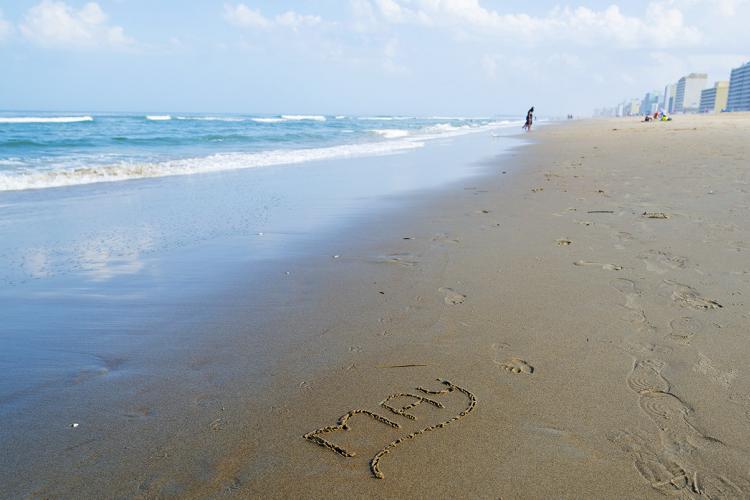We hear it all the time- how sandy east coast beaches are, and how rocky west coast beaches are. There are plenty of tourists that bring up such points when visiting the eastern shores. But, have you ever asked what really makes the beaches different?
The Beach Differences
The climate varies on each coast. Some prefer the warmer, humid beaches with clearer waters and some breezes that make visiting area beaches ideal. In addition, east coast beaches tend to receive less rain or precipitation throughout the year, on an average of the fourteen states that make up eastern beaches. Beaches along the west coast have higher chances of receiving rainfall coming off the Pacific, making beach trips to this area a bit less enjoyable.
More of the western beaches feature a rocky terrain, whereas eastern beaches are mostly sandy. The rocky cliffs and boulders along the beaches in the west can create beautiful picturesque settings, and add a different type of experience when we think of visiting a tropical beach. For some, the rocky setting can be appealing, even though it makes it more difficult to set a beach chair out, or towel and soak up some rays. On the other hand, east coast beaches tend to be sandy and feature a smoother terrain with little to no rocks. This makes tourists attracted to these areas, as beaches are wider and allow for more visitors to relax.
The driving conditions can also be a factor to consider when making decisions on which beach you would like to visit. Those driving along west coast beaches are more susceptible to operating scooters and mopeds for ease of transportation around area beaches. Though eco-friendly, and easy to operate, scooters can provide threats to other drivers in the area who would have to drive around these motorists, especially in rainy conditions. On the east coast, pedestrians generally travel by car, which allows for ease of adaptability by tourists. As with any beaches, be sure to plan ahead and leave plenty of time for traveling in unfamiliar areas.
The surf is also a factor to consider. Generally, because of the higher more active waves, surfing along the west coast can be more favorable. On the east coast, surf tends to be a bit less common because of the smaller waves. Don’t worry though, there are plenty of good surf spots along the east coast- some of the best being in Virginia Beach. Be sure to check out the Surf Cam for current conditions in Virginia Beach before you head out!
Furthermore, it also helps to consider the amount of tourists when visiting beaches. Do you want to attend a beach with lots of entertainment offerings, or ones with a more laid back, relaxed environment? In Virginia Beach, we have a wide variety of tourist destinations, but not as many as other local beaches like Myrtle Beach- which attracts thousands of tourists per year because of the number of attractions in the area. In beaches like San Diego, the case is very similar, and attracts a large amount of tourists.
The Breakdown
There are many pros and cons of both the east coast, as well as west coast beaches. It boils down to what interest you most, and what is most suitable for your family vacation needs. The east coast beaches tend to attract more visitors, but has many different aspects that make it different than west coast beaches. Be sure to do your research before visiting different beaches, as each location varies greatly.
Which side of the country offers the best beaches- the east of the west coast? Feel free to share your thoughts!




